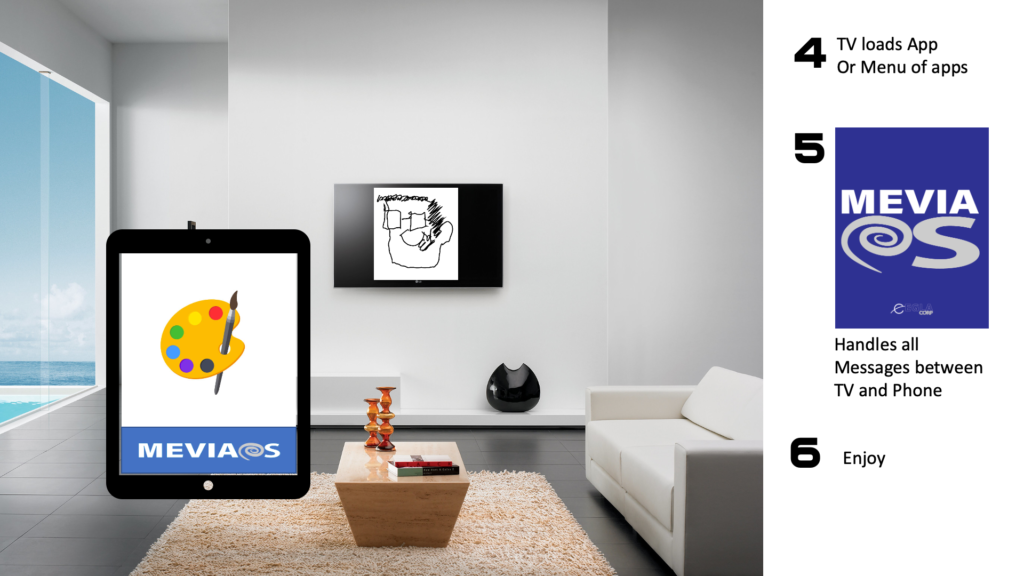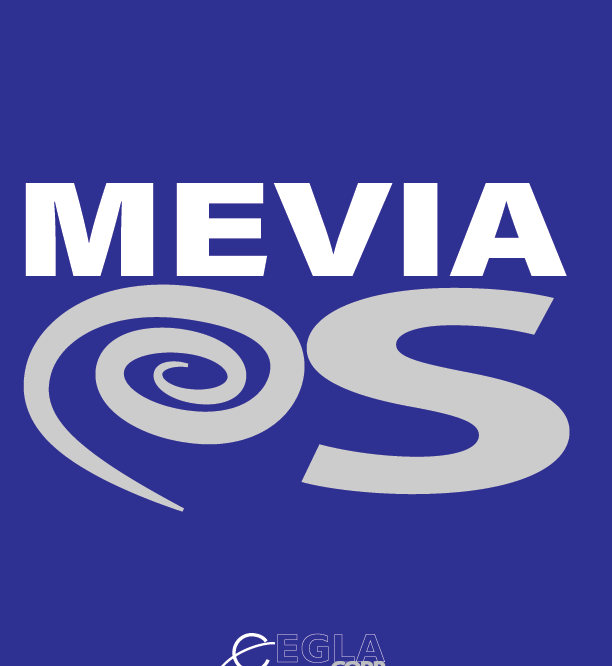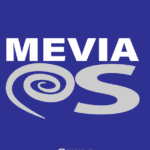I am particularly interested in Operating Systems, I personally have worked on Linux and Windows systems since the 1990s. I began working with Linux in 1995, Slackware linux and other versions that required 6-10 floppy drivers until the CD ROMS will be available.
Recently, I have wondered if there is a way to create an operating system that is fully decentralized that uses all the machines around us, servers, etc as the “hardware,” meaning storage, caching, memory, and use our phones to become, the controller. A fully decentralized operating systems. This technology is patent pending but MEVIA has already 3 issued US Patents and 1 European patent.
The original has consisted on downloading the operating system and installing it into the firmware and using the memory and i/o devices as we have done thus far.

What we propose with MEVIAOS is different, basically what we propose is the use of the web as the fabric, and decentralized the generation of controllers that reside in your phone, iPAD, or any other portable device.
In the following proposal, javascript and server-based protocols are used to handle devices and control the way the distributed operating system work. In summary, the web and MEVIAOS display the controller, depending on the app that can be displayed in a a screen, when all the other functions reside in the cloud, or a blockchain, or in general in any remote system that has multiple processors, storage, memory, GPU, and never needs to be upgraded.
The Operating System (MEVIAOS) resides in the “Ether” to the “cloud.” Applications are built by loading MEVIA OS instrumentalities that are part of the application framework. Each application defines what kind of controllers are supported by the application, and how those controls can interact with the app. Similar to what occurred on Windows with WM_* messaging functions.

Using MEVIA OS with QR Codes
The simplest scenario first, a smart TV presents a QR code to identify itself to the user and provide a menu of applications to control the TV. For example, a word processing app such as Google, PACMAN (game), a paint app, etc.
By scanning the QR Code, the phone or iPAD presents a controller and proceeds to load the application in the smart TV. At that point MEVIAOS identifies, the application and the user, obviously, authentication and authorization needs can be handled using traditional mechanisms.

Now, the iPAD and the TV are connected using the MEVIA OS fabrics, a that point for example a palette will be presented to the user (The controller) and the TV will become the canvas to paint over from the iPAD. The user simply sees the TV and follows the controller’s help to draw or paint on top of the touch pad in the iPAD.

In this scenario, the controller can include an “exit” button to exit the app and other submenus to handle the canvas and use it as a screen to paint over the screen.
Magic Wand Controller
Most devices use an accelerometer and include positioning information that is part of another controller, therefore adding a ML technique to detect gestures from the phone itself are easy to add as part of MEVIA OS framework.
Market for a MEVIA OS Solution
The market for a MEVIA OS is gigantic, with more than 1.7B Smart TVs around the world that can catapult the use of a decentralized operating system, specially with IOT devices. As IOT devices can also load the MEVIA OS platform and provide a controlling environment, that could be done even with Augmented Reality.



